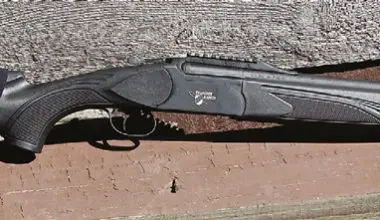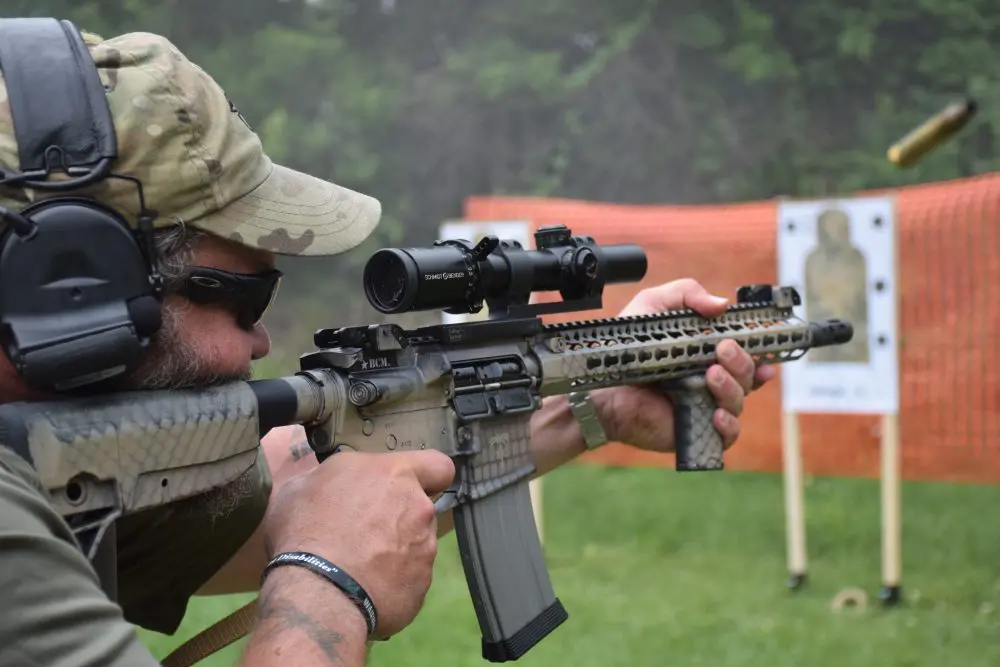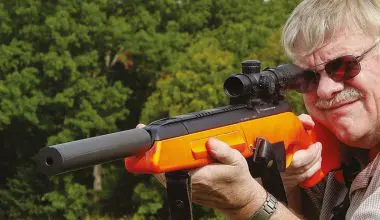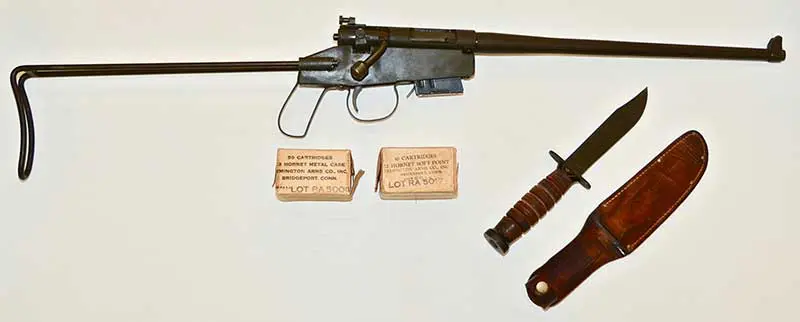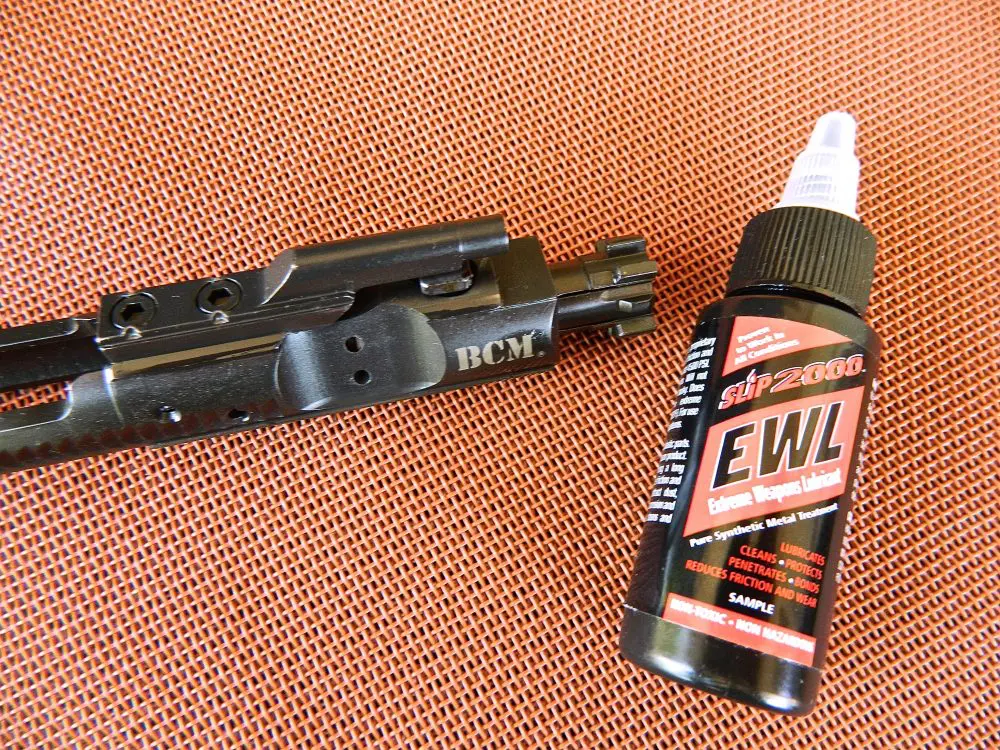When the HK G36 was introduced, I was a little prejudiced against it. This was at least partially because I liked the previous HK 5.56x45mm NATO HK33 and HK53 a great deal, and one of my favorite semi-auto rifles was the semi-auto HK93.
I first started taking the G36 seriously when a lot of foreign military units for which I had respect adopted the rifle. My opinion changed even more when I started hearing from contacts in foreign spec ops and CT units that were using the compact G36K or G36C. I decided to do some shooting with those versions.
Over the next couple of years, I managed to shoot various configurations of the G36 and decided that the “K” model carbine was my favorite. A couple of years ago, a local multi-jurisdictional drug enforcement unit that had been using G36Ks decided to replace them. However, due to federal laws affecting LE Class III weapons, they could not sell or trade them in as functioning weapons.
As a result, the armorer from one of the agencies brought their G36Ks into a local Class III dealer and stood by while he cut the receivers in compliance with BATFE guidelines, whereupon they were sold as parts kits. The dealer then acquired a couple of SL8 sporting versions of the G36 and built SBRs using the remaining G36K or SL8 parts.
One of my shooting buddies purchased and registered one of the SBR G36Ks, which has allowed me to do a lot more shooting with the carbine.
As noted in previous columns, semiauto SBR versions of weapons not readily available in full military format serve my purposes well because they allow me to acquaint myself with the weapon and get used to handling and using it. If I encounter one, I can immediately pick it up and put it into action.
Although the G36 had been under development for many years, it wasn’t adopted by the German Army until 1997. The next year it was adopted by Spain, which had been using a version of the HK G3 for decades. Since then, numerous other countries have adopted the G36 for at least some units.
The G36 is gas operated, with a closed rotary bolt. As with the HK MP5, the G36 uses a modular design, which allows it to be reconfigured quickly. Its hammerforged barrel is free-floating, which enhances accuracy. As with the G3, it can be stripped for maintenance without tools, using a cross-pin system. An ambidextrous selector allows use of fullauto or burst-fire settings and also uses pictograms of the type used on the MP5.
The G36 relies heavily on Carbon Fiber- reinforced polyamide, which keeps the weapon light and corrosion resistant.
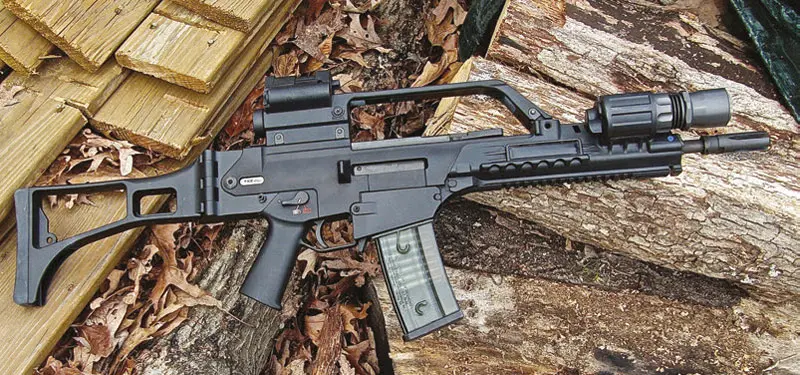
The synthetic folding stock is skeletonized and includes holes for storing the cross pins when they are taken out for weapon maintenance. The folding stock is relatively comfortable, but not as comfortable as the one on SIG 550 series rifles. It is definitely more comfortable than the sliding crutch type on the G3 or HK33 para models. When I have fired a G36/G36K on full-auto (published cyclic rate 750 RPM), I have found that the stock stays in place fairly well on my shoulder.
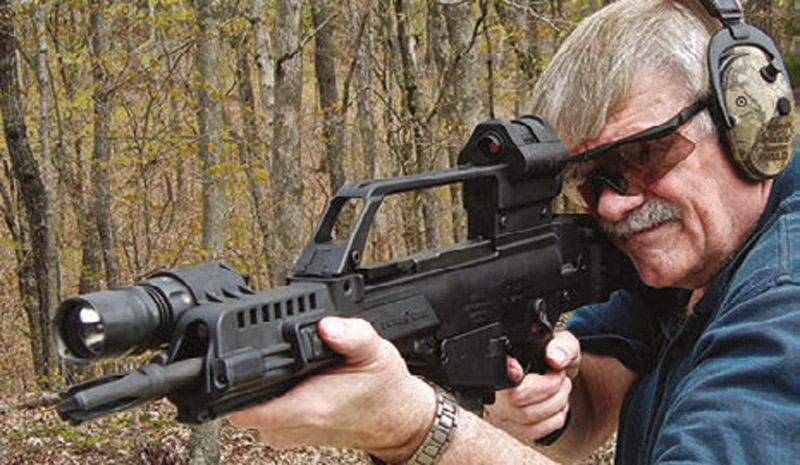
One of the most interesting aspects of the G36 is its dual sight system incorporated into the carry handle, which with practice I have come to appreciate. For longer range shooting, there is a 3X optical sight with crosshairs for 200 to 800 meters. Atop this sight is a reflex sight designed for CQC usage. In lowlight conditions, battery power for the reflex is activated by a photo sensor.
After using the sights for a bit, it becomes natural to acquire the one best suited for the range involved. I practice going to the reflex sight for targets at closer ranges on the assumption that I will have an instant to switch to the magnified sight for longer range engagement.
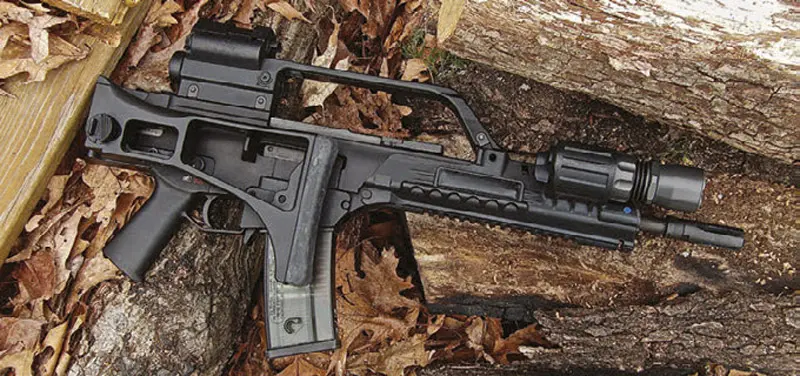
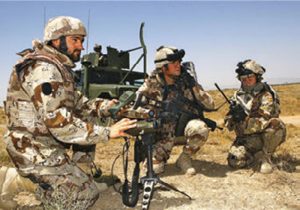
A couple of other operating points should be noted. When the last round is fired, the bolt locks open. I consider this a good feature on a combat rifle or carbine. The bolt release catch is located on the forward portion of the trigger guard and may be easily operated with either hand.
A paddle magazine release in front of the trigger guard is also easily operated by either hand. I prefer the support hand.
A cocking handle located atop the receiver is spring-loaded and rides parallel to the receiver and bore when not being used. It may be rotated to the right or left for operating the bolt. I like the fact it is out of the way to avoid snagging, but this type of cocking handle, combined with the carry handle, makes it impossible to free a stuck case by slapping the cocking handle hard.
Since my friend got his G36K SBR, I have done most of my shooting with that version. Unlike the full-sized G36, the “K” model will not take a bayonet nor launch grenades. However, the AG36 single-shot grenade launcher may be mounted. As far as the bayonet goes, most of the units that I know use the G36K also carry fighting knives, which they are trained to use.
The standard magazine for the G36 holds 30 rounds, but German Special Forces issued a 100-round Beta C Mag with the G36K. I understand it works just dandy with the weapon. I have a Beta Mag for my HK93 but have not tried it—that’s on my list.
The “K” model is only 24.2 inches overall with stock folded and 33.9 inches with stock open. It is capable of being fired with the stock folded. Weight of the G36K is 7.3 pounds. Barrel length is 12.5 inches, short enough to keep the “K” handy but not impede ballistic performance too dramatically. Speaking of ballistic performance, the twist is 1:7 to optimize heavier bullets and tracer rounds.
Some troops use versions with a Picatinny rail atop the receiver or carry handle, and some also use quad rail systems to take an array of illuminators.
I’ve seen photos of German Kampfschwimmers with Aimpoint sights mounted. I would presume that the operators have found the EOTech or Aimpoint faster for acquisition in CQC situations, as the standard ones are not really heads-up sights and require aligning the eye with a fairly small eyepiece. I found this to be the case when I was using the G36K’s reflex sight.
I do well with the reflex sight to 50 yards, then need to go to the 3X sight for longer distances. The G36K is fast handling and ergonomic. I wouldn’t rate it the equal of a SIG 551 or 552, but then what is?
The G36K is typical of HK weapons: well designed, reliable, and accurate. I understand that Saudi Arabia has been licensed to produce the G36 series. I’ll be interested to hear how it holds up to a few years of service in sand and heat with Saudi soldiers.
My contacts in three foreign military special ops units and one police CT unit say good things about their G36Ks and G36Cs.
